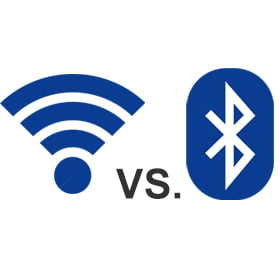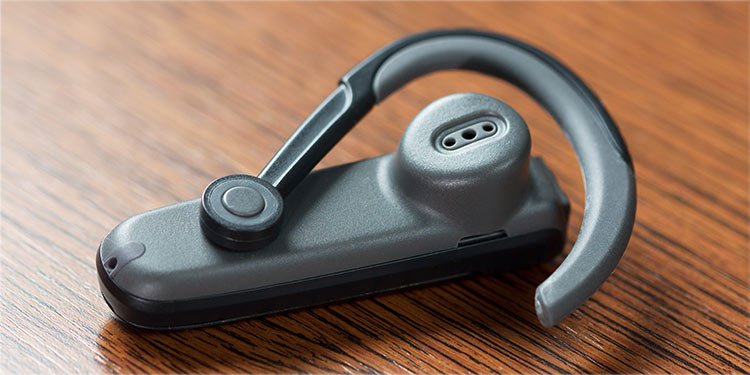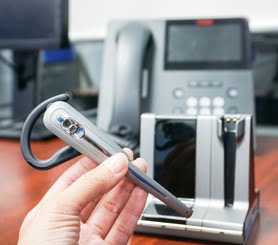DECT vs Bluetooth Headsets
Wireless headsets, or DECT headsets, are often mixed up with Bluetooth headsets. This is because they both give you the freedom to move around the office and they both ‘talk’ to a base. However, there are a few differences between the two and this guide will help you tell the difference between Wireless DECT vs Bluetooth headsets.

What is the range of Wireless vs Bluetooth headsets?
The first difference between Wireless and Bluetooth is range. A DECT (Digital Enhanced Cordless Telecommunications) headset has an average range of 100 metres whereas most Bluetooth headsets have an official range of just 10 metres. However, in an office environment, this can actually be as low as 5 metres. Even Class Three Bluetooth, which claims to have a range of 100m, usually operates at just 30 metres.
If you like to move away from your desk and around the office when on the phone, then a wireless headset would be preferable. You are able to move around the workplace within 100m of the cradle.

How many devices can Wireless and Bluetooth headsets connect to?
A wireless headset can only connect to one other device, which is normally its base cradle, whereas a Bluetooth headset can connect with up to 7 different devices . So, if you need to be flexible with devices and work in different environments away from your base cradle, then a Bluetooth headset is the better option.
How secure are Wireless and Bluetooth headsets?
Wireless headsets use 64-bit encryption, making it 18,500,000,000,000,000,000 digits in length, which is nigh-on unbreakable.
Bluetooth headsets use a key of 8 to 128 bits in length for encryption, so it may be worth checking the user guide of a product to see the length of the key. With 128-bit encryption, once the headsets have been paired with their base stations, ‘the chance of someone listening in on the call is virtually nil’ according to Dennis Majikas, a service engineer at Jabra.
For more information, you can download our Headset Buying Guide.

